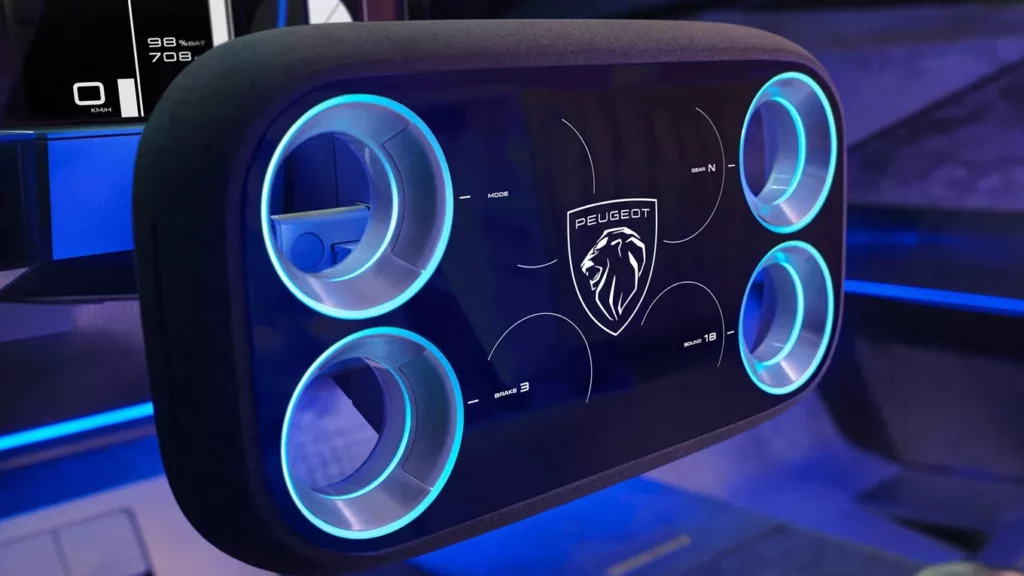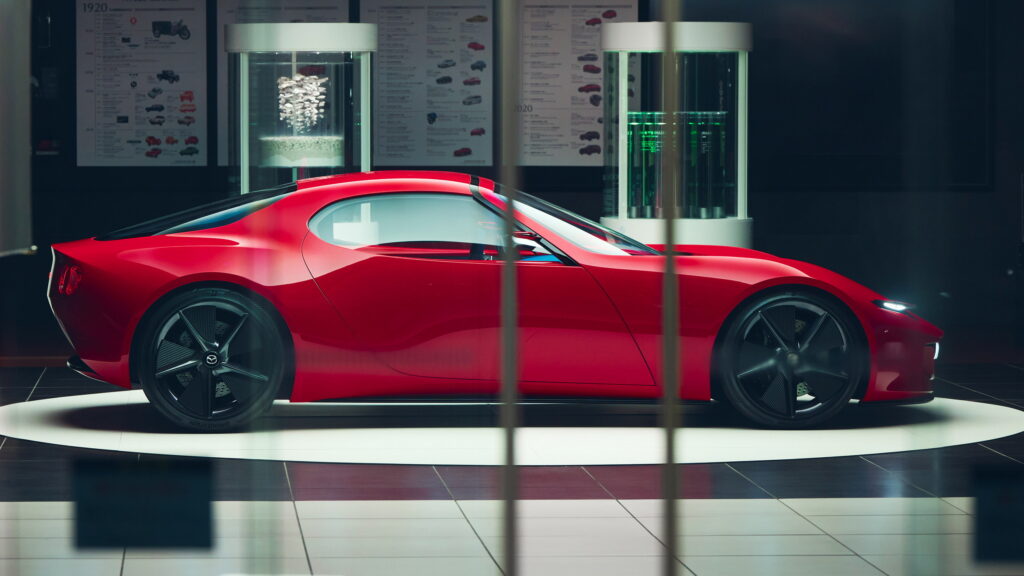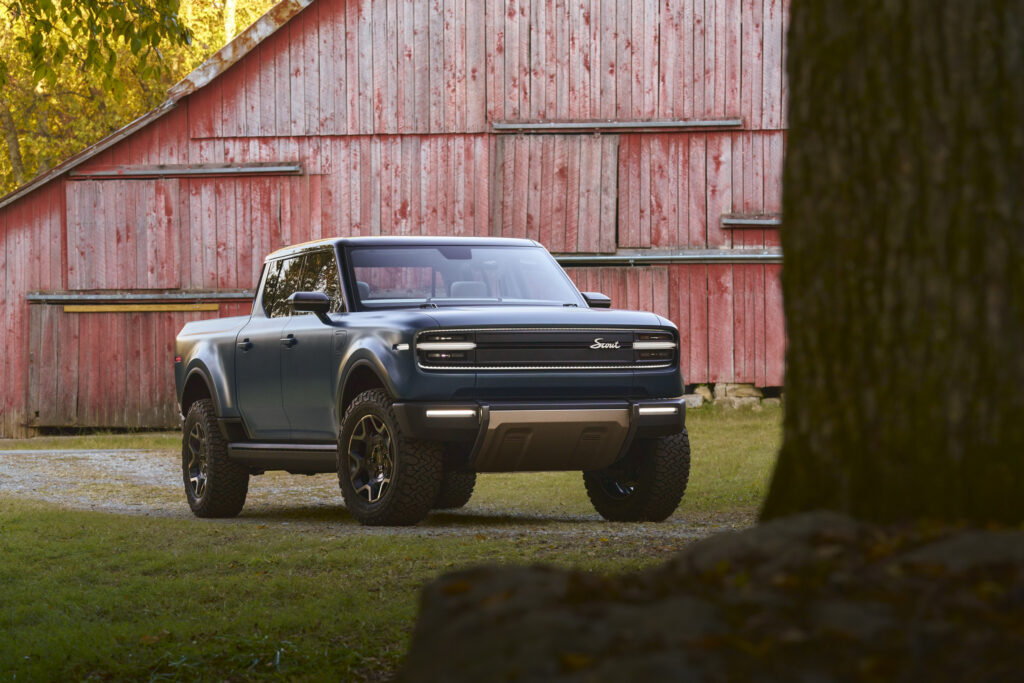Bentley Reveals EV Secrets As It Quietly Builds A Stripped Down Gas Special
- Bentley says its first EV will deliver “industry-leading charging speeds.”
- The sub-Bentayga-sized SUV debuts late in 2026, hits dealers in 2027.
- Brand says hybridized V8 powertrains will live on until “at least” 2035.
Bentley has shared new details about its upcoming electric SUV, the brand’s first, while also suggesting that its petrol engines, which were once set for retirement by 2030, may now continue beyond 2035.
Related: This Is Bentley’s First EV And It’s Built To Haul More Than Just Your Ego
The British company claims their upcoming EV, working title: Luxury Urban SUV, will offer “industry-leading” charge speeds that will enable it to add 100 miles (161 km) of range in just seven minutes.
The posh electric utility, which at just under 5 m (197 inches) long is smaller than a Bentayga, is due to make its world debut in late 2026 before arriving in dealerships the following year.
Teasing the Shape
A teaser image of the EV covered by a black sheet and parked inside Bentley’s Crewe factory shows an SUV with a Range Rover Velar-style sporty profile.

It has a dramatic windshield rake, narrow glass area and a tapering roofline that drops into rear window with a slant that says the designers were definitely prioritizing glitz over cargo capacity. The links to Bentley’s recent EXP15 concept are clear, even if the production EV is more SUV than coupe.
Shared DNA With Porsche
Under the skin it will likely share plenty with Porsche’s Cayenne Electric, and could get the same 108 kWh battery. The Porsche will come with three powertrain options delivering 394 hp (400 PS / 294 kW) for the base Cayenne, 592 hp (600 PS / 441 kW) in S trim, and 794 hp (805 PS / 592 kW) as a Turbo, and Bentley could cherry pick the more potent two of those three.
“Our first fully electric Bentley, the world’s first true Luxury Urban SUV, represents a bold step forward, it embodies our vision for sustainable luxury and technological excellence,” said Chairman and CEO, Dr. Frank-Steffen Walliser while offering an update on Bentley’s Beyond100+ electrification strategy.
“With industry-leading charging capability and unmistakable Bentley character and design, it marks the beginning of an exciting new era for our brand – a future defined by innovation, craftsmanship, and sustainability,” Walliser added.
But behind the scenes Walliser knows that the market for electric luxury cars hasn’t exploded with anything like the force experienced by mass market brands.
How Long Will Gas Survive?
Bentley, which once planned to go EV-only by 2030, and later extended the deadline to 2035, now says it will continue to sell hybrid-engined cars until “at least” that date, hinting that it is prepared to push the switchover date back again depending on customer demand and legislation.

And that wasn’t the only good news for combustion fans. Bentley confirmed it’s developing a limited-production ICE model with no hybrid technology, due to make its first appearance next week.
Wearing the Supersports badge, the car will be a stripped-out, rear-wheel-drive GT powered by a twin-turbocharged V8 producing around 640 horsepower. Perhaps more importantly, it’s expected to lose several hundred pounds over the GT Speed.
The automaker also recently revealed a new Bentayga Speed whose 641 hp (650 PS / 478 kW) comes from a non-hybrid V8.





























